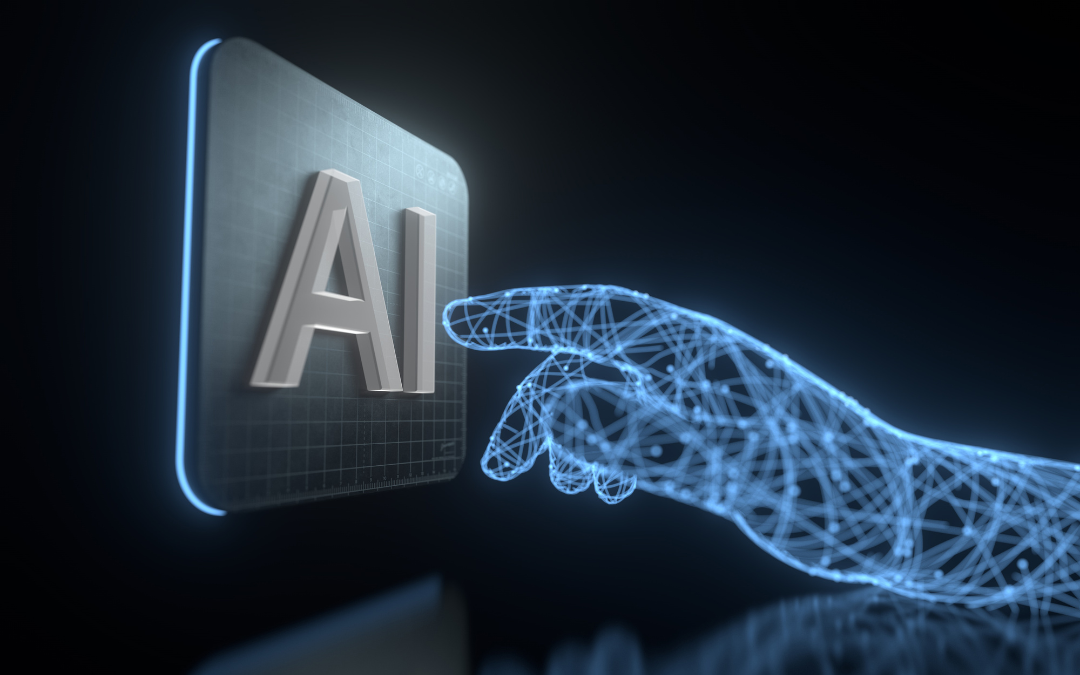The word of the year is… Artificial Intelligence, or AI. The year kicked off with Microsoft’s announcement of a $10 Billion investment into OpenAI1, developer of ChatGPT AI software. Shortly after, Microsoft revealed integration of ChatGPT with Microsoft’s productivity tools such as Teams, Azure and its search engine Bing. The AI revolution has just begun!
The ultimate outcome of AI has been a question. Will a future resemble the Terminator movie with cyborgs determined on destroying their human creators, or will AI development be akin to the Jetsons with machines working alongside of people? AI is in its infancy, so any future amalgamation is anyone’s guess.
We’ve seen this before. Technology’s fast-paced development has seen two major innovations. The first was the inception of personal computing in the ‘80s. Some may recall names such as Commodore, Wang, Compaq, Gateway, or Thinking Machines. The second was the late ‘90s with the creation of the internet. You may recall names like America Online, CompuServe, Netscape, or Prodigy. Many past names were phased out via dissolution, acquisition, or companies exiting the segment.
AI has the potential to transform how we work and play. From an economic standpoint, AI has the potential to change our daily lives, for better or worse. It can be scary looking forward and seeing the phase out of one’s earning power. If a machine can work better, faster, and more accurately at a lower cost with fewer requests for time off, why wouldn’t every employer seek such a solution?
Interestingly, computing integration is already here. About a year ago, McDonald’s opened a mostly automated restaurant in Dallas. Ordering is done via kiosk or app with food delivered by conveyor belt or robot. Once Flippie (burger flipping robot) is deployed, the restaurant will need even fewer human cooks. Dislocated workers will have the opportunity to perform higher cognitive tasks, critical thinking and partake in creative endeavors progressing human advancement.
Investing in what is clearly the next technological evolution can be very exciting. Afterall, the future is now. Yet, selecting the ultimate winners can be extremely difficult. In fact, all the names above do not exist today. It’s hard to believe today, but Apple was mere months away from being a has-been. A wiser investing tact may be to invest in the whole pie instead of attempting to picking out ingredients. This could be done via mutual funds or ETFs where you can gain broad AI exposure and not worry about the failures.
In the long term, AI is deflationary. Meaning, if a company can employ a machine at a lower cost, the business can provide goods and services at lower prices. Likewise, robotic AI can solve demographic issues of an aging population. With few workers to support more retirees, both financially and practically, robotic AI could fulfill routine tasks. Japan has already laid the blueprint. Japan, one of the world’s oldest populations, has already deployed robotic restaurants, AI assistance, and copious use of apps and kiosks. For most of the world, AI is not an overnight transformation, but a generational change.
The near-term transition may be challenging, but the future is bright, as long as we stay on the side of the Jetsons and not the Terminator. Happy Holidays as we approach the conclusion of 2023.
CRN-6155996-121223


Recent Comments